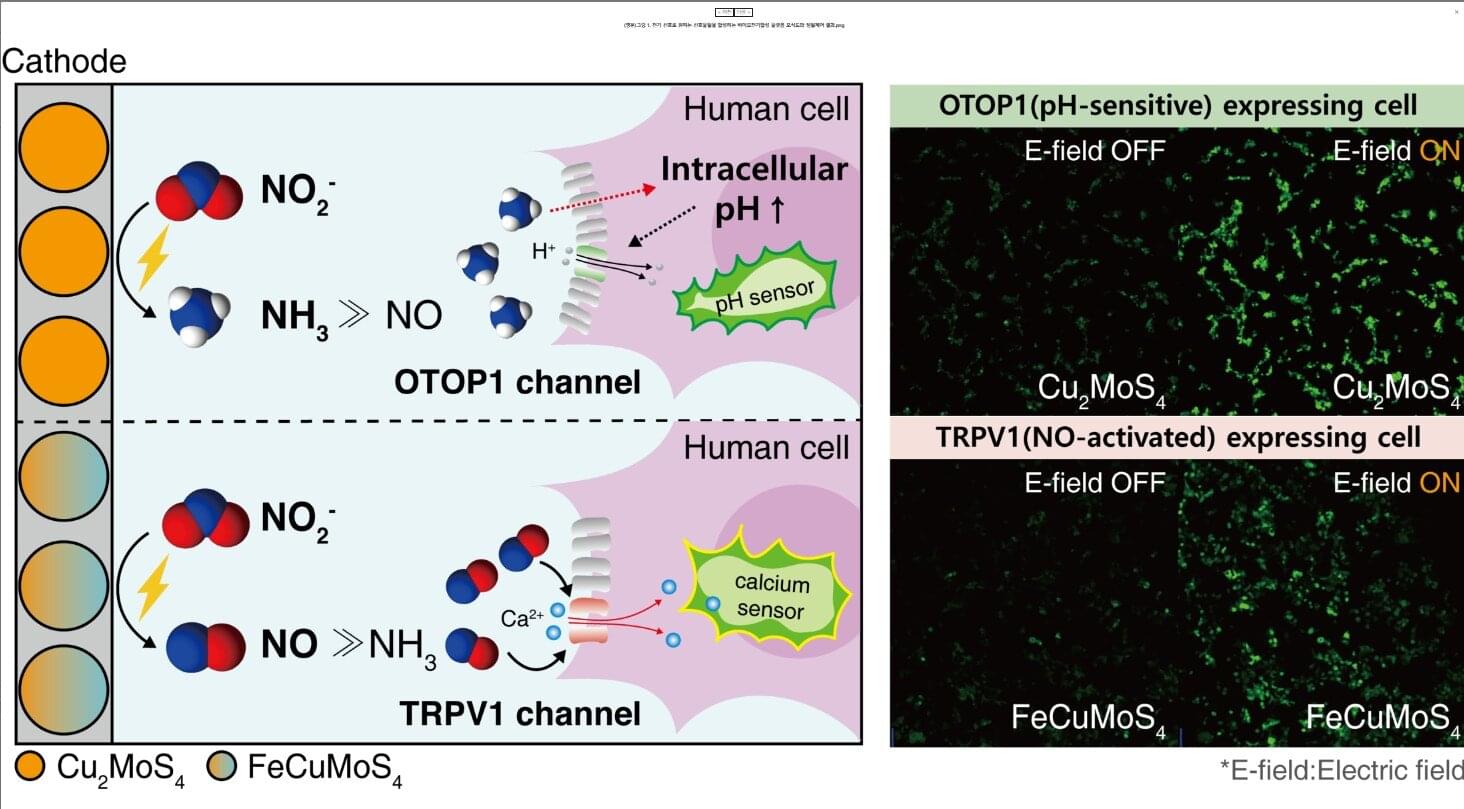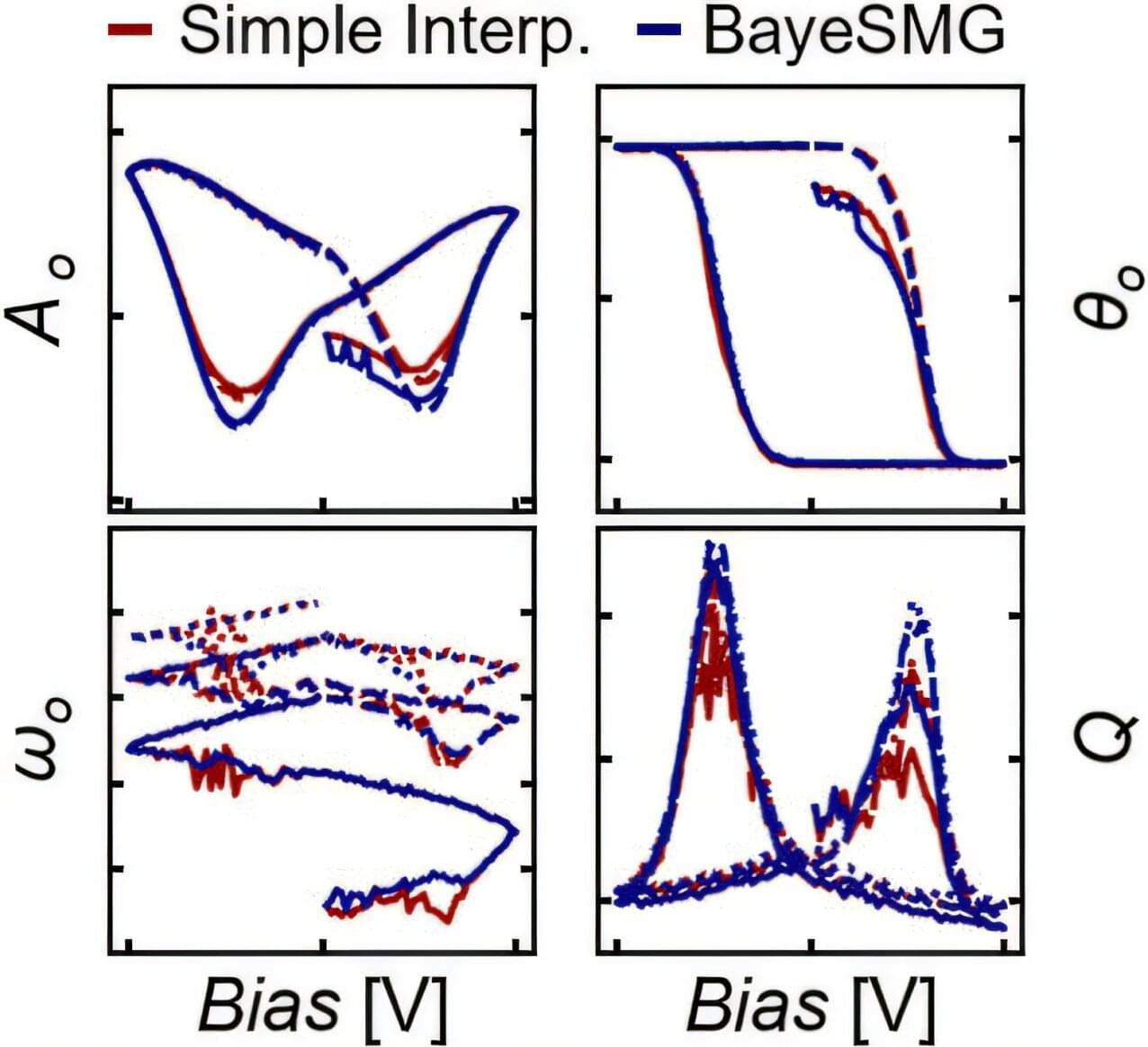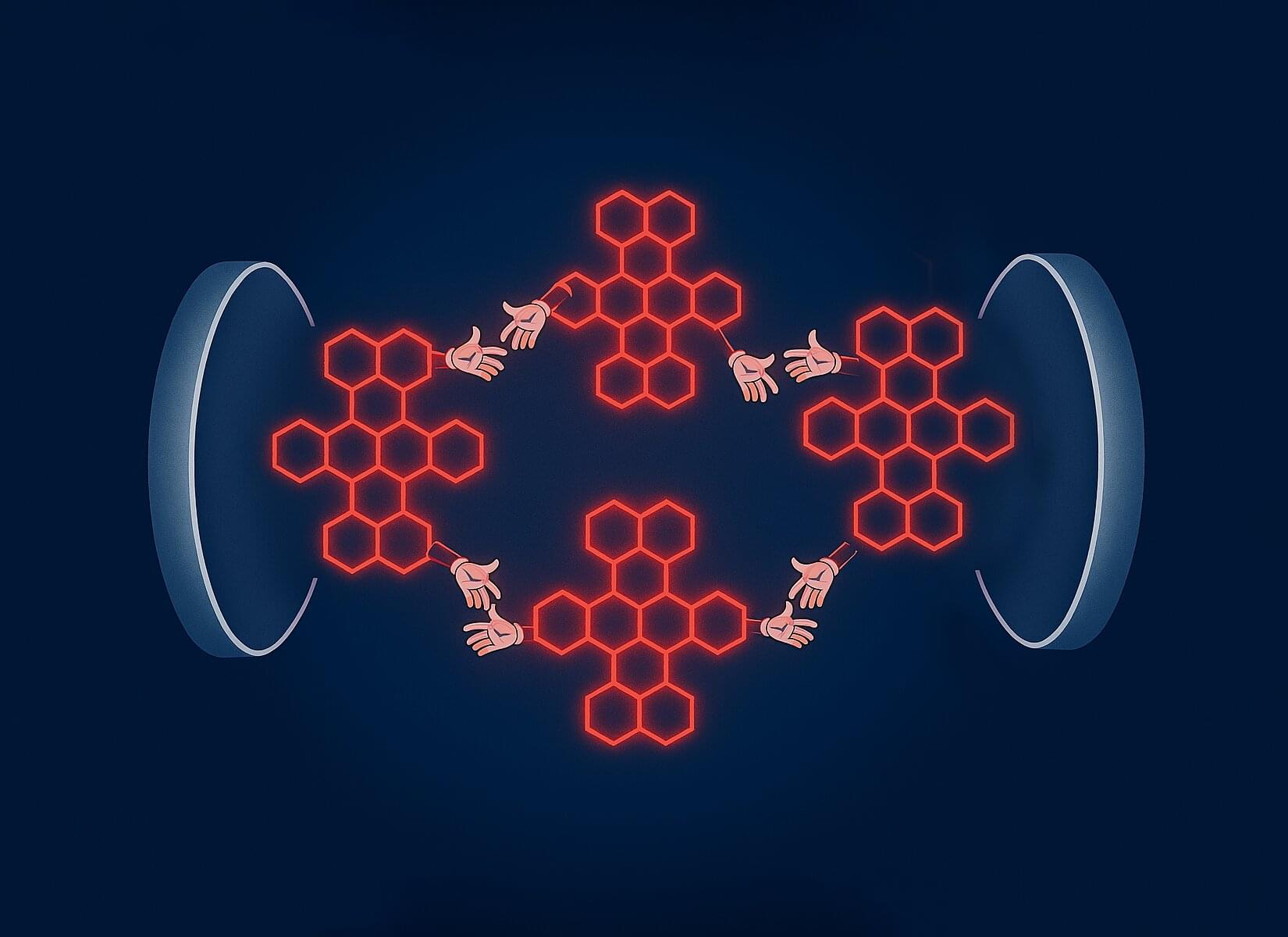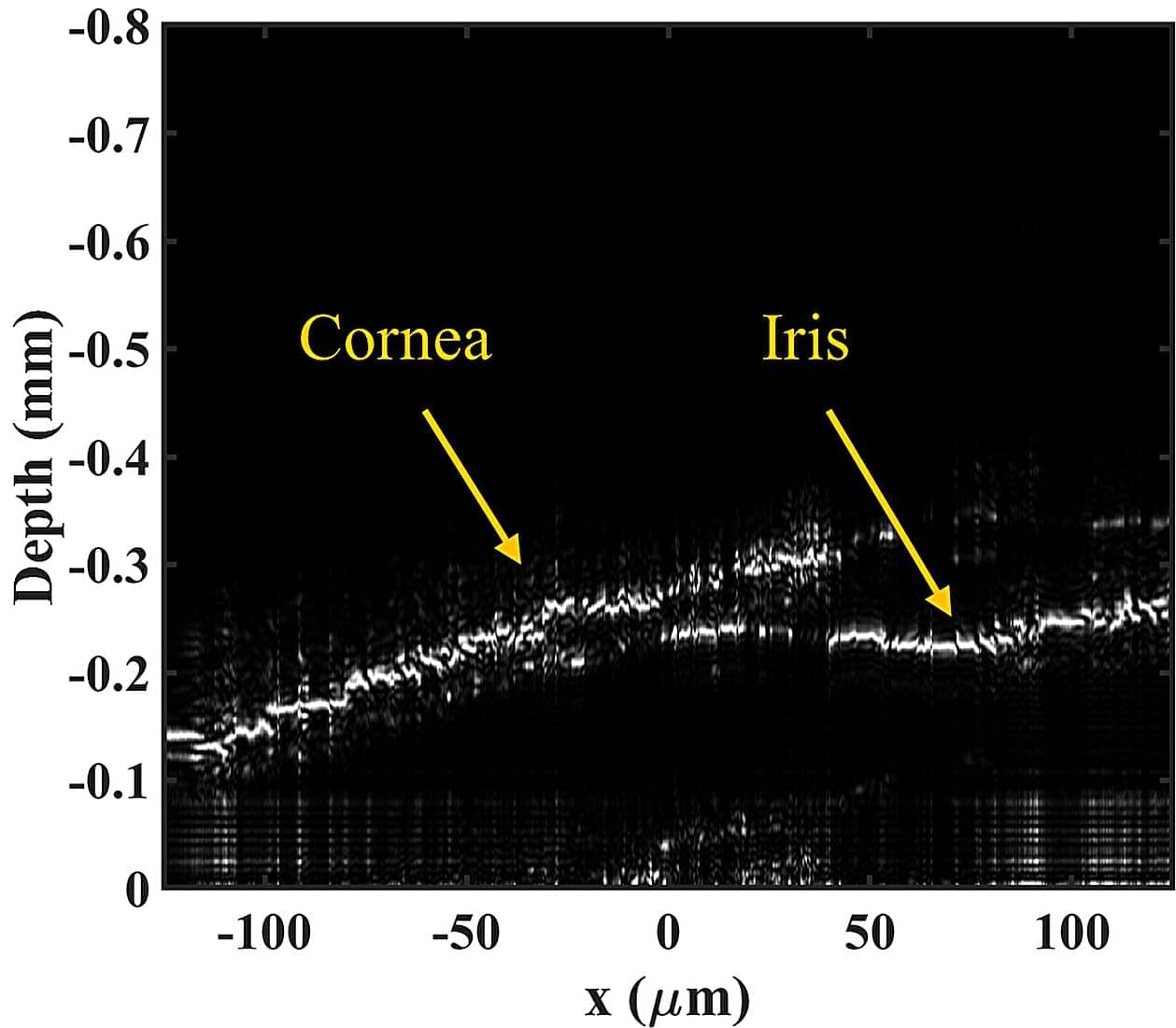When two mesh screens or fabrics are overlapped with a slight offset, moiré patterns emerge as a result of interference caused by the misalignment of the grids. While these patterns are commonly recognized as optical illusions in everyday life, their significance extends to the nanoscale, such as in materials like graphene, where they can profoundly influence electronic properties.
This phenomenon opens new avenues for advancements in areas like superconductivity and quantum effects. Traditionally, controlling the length scales of moiré patterns has been challenging due to the fixed nature of atomic structures, which limits the ability to fine-tune electronic properties.
A research team, led by Professor Wonyoung Choe at Ulsan National Institute of Science and Technology (UNIST), South Korea, has demonstrated, for the first time, the ability to precisely control over moiré periods by stacking metal-organic frameworks (MOFs) layers—crystalline materials composed of metal clusters linked by organic molecules.









